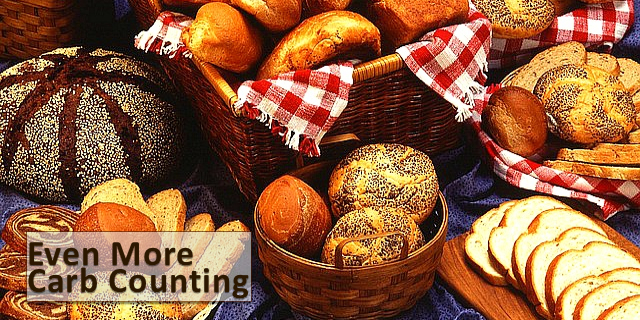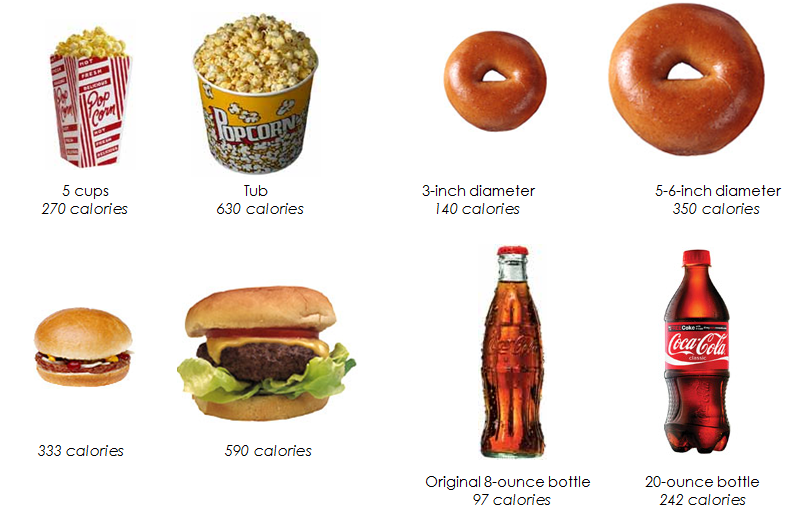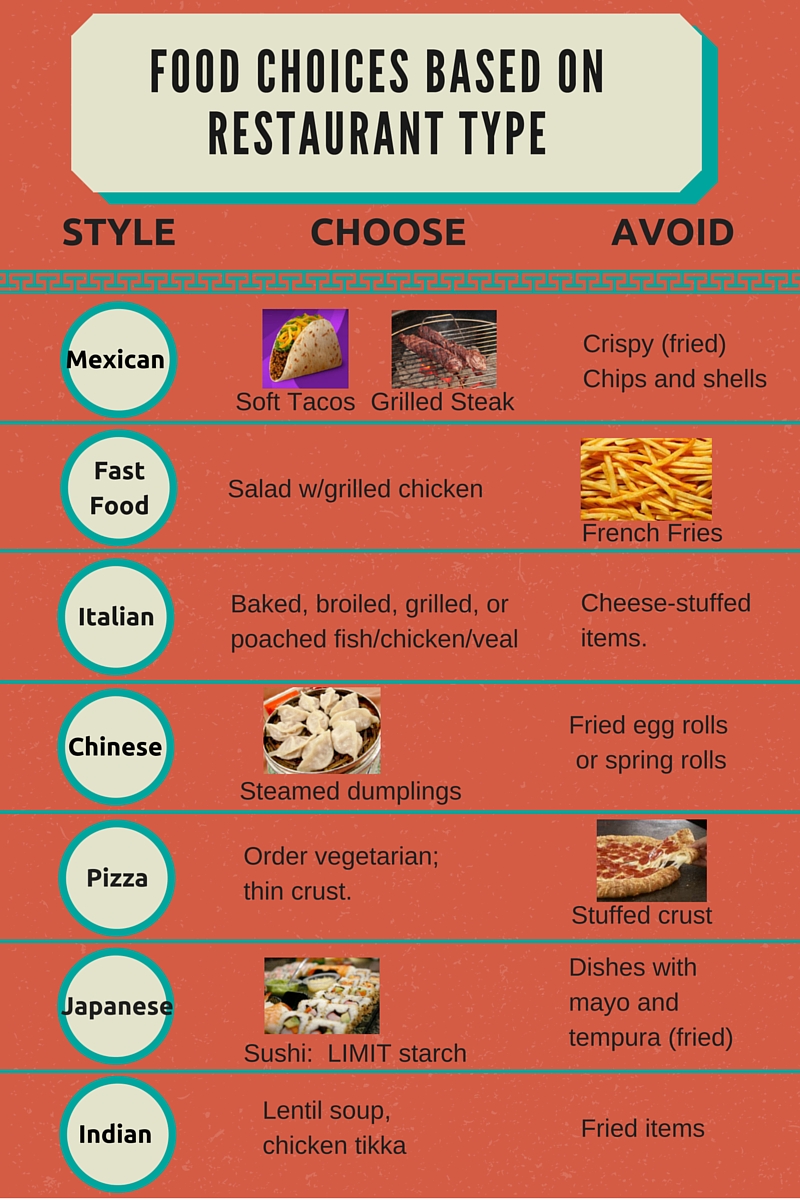“Have not seen this example of carbs before. I need to understand more. I am NID type 2 diabetic.”
Carbs and carb counting help people with diabetes keep their blood glucose levels under control. But the concept can be difficult for many people because carb counting is a numeric system. Study after study reveal that numbers interfere with communication with health care providers. Since many people have low self-esteem dealing with numbers, it’s unlikely for people to ask questions of their physicians or nurses about numbers.
So our readers are courageous in asking about carb counting. Here is further explanation of carbohydrates, carb counting and getting control of blood glucose.
Important Blood Glucose Numbers
As was described in the previous post on carbohydrates and carb counting, normal blood glucose levels range from 70 to 140 milligrams per deciliter (mg/dL). If your blood glucose is below 70, you are hypoglycemic. If your blood sugar is above 140, you are hyperglycemic.
When you measure your blood sugar during the day, it should measure between 70 and 130 mg/dL before meals. One to 2 hours after meals, your blood sugar should not go over 180 mg/dL at its peak.
Another number to keep in mind is your A1C number. This blood test is done to see how well you have been keeping your blood glucose levels under control over the last 2 to 3 months. The A1C test assesses how much sugar coats your hemoglobin (the iron rich protein that carries oxygen in the red blood cells). The ideal score is under 7%.
Maintaining Your Numbers Through Carb Counting
In order to maintain your numbers at optimal levels, dietitians and physicians recommend eating between 45 and 60 grams of carbs per meal. How do you know the number of carbs in your meal?
Food labeling provides clues. Of course, food labels can be tricky. One reason is that serving size and portion can be completely different. Especially if you compare portions that were provided 20 years ago to what is provided now, you can see why people are eating more. In this illustration (courtesy of the blog Diet and Obesity), the photo on the left is a portion size from 20 years ago, the picture on the right is today.
Deciphering Food Labels
 Your first step is to find out how much is 1 serving. That is SERVING SIZE. Your second step is to locate carbohydrates per serving: this is marked as TOTAL CARBOHYDRATES.
Your first step is to find out how much is 1 serving. That is SERVING SIZE. Your second step is to locate carbohydrates per serving: this is marked as TOTAL CARBOHYDRATES.
So let’s look at this label.
In this example there are 14 grams of carbohydrates per serving. One serving is 1 ounce of the product. There are 4 servings in the bag.
A fluid ounce is different from an ounce of weight. One investment that you need to make, as someone with diabetes, is an electronic scale for food. It will make cooking and figuring out labels and servings much easier.
Suppose it is time for lunch. Remember most people are allowed between 45 and 60 carbs per meal.
Perhaps, based on your medications, age, weight and other factors, your physician has prescribed 50 grams of carbs per meal. If you eat 1 ounce of this product, you will have eaten 14 grams of your allowed carbohydrates for lunch and you have 36 grams of carbs left to eat (50-14=36).
To simplify the process, the word “exchange” or “choice” is used to equal 15 grams of carbohydrate. So 1 carbohydrate exchange or 1 carbohydrate choice = 15 grams of carbohydrate. Suppose your doctor wants your goal to be 45 grams of carbohydrates per meal. A small apple has 15 grams of carbohydrate. If you wanted, you could have 3 small apples at lunch. Because 3 times 15 equals 45. Or you could have 1 small apple and 6 saltines and 1/3 cup of pasta; all adding up to 45 grams of carbohydrates.
Items that equal 1 exchange or 1 choice can be traded out with each other to create a more varied meal plan. In the hypothetical 45 gram carb lunch, you could choose 1 cup of milk, 1 small apple and 6 saltines.
Eating Out
But let’s get real. We don’t always have food labels in front of us. A lot of food is combined and if we are eating out or not in control of the cooking, we may not know how many carbohydrates are in the meal in front of us. What do we do?
Below is a list of different types of restaurants and a list of suggestions of what to order and what you should avoid. Because portions are so much larger and “everything is super-sized,” it is difficult to figure out how much you are eating. Make sure that you take half of what you are served home with you or share the food with someone else.
Online Resources and Apps
There are amazing lists available online to help with carb counting. For example, here is a carbohydrate list of fast food offerings per restaurant (example Dunkin Donuts or McDonald’s). My Food Advisor by the American Diabetes Association provides lists of foods and recipes to help you stay on track.
If you have a smartphone there are apps that you can purchase or are available for free. Here is a handy guide for carb counter apps.
Remember, being a pancreas is not easy. What else can we do to help you control your blood sugar? Please let us know if this post has been helpful to you.
For more information about the restaurant graphic, click here.








